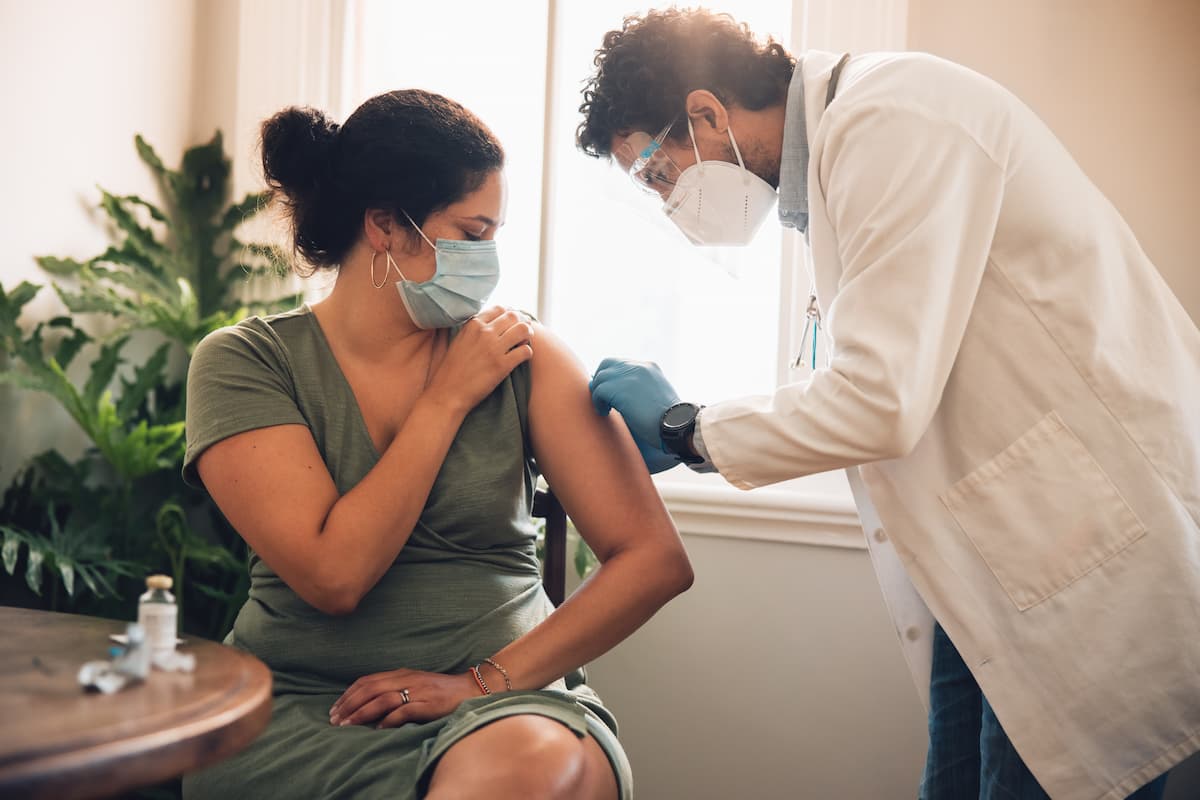News
Article
Black Patients With Asthma More Likely to Miss Scheduled Appointments for Biologic Therapies
Author(s):
Key Takeaways
- Black patients with asthma have higher no-show rates, while White patients have more appointment cancellations.
- Pharmacists play a crucial role in managing asthma, improving patient outcomes, and addressing health disparities.
The disparity highlights opportunities for pharmacists to get involved and address health disparities.
Research findings presented at the American Society of Health-System Pharmacists (ASHP) 2024 Midyear Clinical Meeting show that Black or African American patients with moderate to severe asthma may be more likely to miss scheduled appointments than White patients.1
Young boy using an asthma inhaler | Image credit: WavebreakmediaMicro | stock.adobe.com

The findings highlight the value of pharmacists, who may be able to address health disparities such as these. Pharmacists are highly accessible health care providers, both geographically and in terms of patients’ ability to speak to their pharmacist quickly. One study found that patients visit their community pharmacies nearly twice as often as they visit their physicians or other qualified health care provider.2
Pharmacists can be particularly beneficial in chronic disease management, such as asthma. Not only do pharmacists educate patients about their medications, but they provide information about the condition itself, medication management, and support. According to the Ohio Board of Pharmacy, pharmacists’ involvement ensures that patients with asthma can properly manage their condition, improves their quality of life, and minimizes the risk of exacerbations.3
The Ohio Board of Pharmacy also acknowledged the sharp disparities in asthma, noting that Black children experienced asthma-related inpatient hospitalizations at a rate of almost 6.5 times that of White children in 2021. Furthermore, Black children experienced asthma-related deaths at a rate of approximately 14 times that of White children in the same year.3
In the research presented at ASHP, investigators examined clinical outcomes in patients with moderate to severe asthma during the first year of biologic therapy, and also evaluated air quality and clinic engagement by race. The retrospective cohort study enrolled participants between January 1, 2019, and June 20, 2022, with a 12-month follow-up through June 30, 2023. Patients were geocoded before being matched with air quality index data from the Environmental Protection Agency.1
“When they started their biologic therapy, that’s when we assessed our air quality indexes based on race, and then we followed them for 12 months,” explained Briana Hunt, a PharmD candidate at Belmont University. “And that’s when we assessed all of these secondary outcomes, such as hospitalization, urgent care visits, ambulatory visits.”
The study included 185 patients, 54% of whom were female with a median age of 46 years. Furthermore, 56% had commercial insurance and 68% were White. Approximately 48% had severe asthma and 52% had moderate asthma. Hunt noted that 82% were prescribed dupilumab (Dupixent; Sanofi), 11% were prescribed mepolizumab (Nucala; GSK), 4% were prescribed benralizumab (Fasenra; AstraZeneca), and 3% were prescribed omalizumab (Xolair; Genentech, Novartis).1
Interestingly, the research showed that although Black patients had more appointment no-shows, White patients had more cancellations. Specifically, an average of 19% of appointments for White patients were cancelled, compared with an average of 11% of appointments for Black patients. Alternatively, just 4% of appointments for White patients resulted in a no-show, compared with 16% of appointments for Black patients.1
“This is important, because [with biologic therapies] you can’t self-inject at home,” Hunt said. “You have to go to a clinic, so you have to follow up to receive therapy. What we can do now…is we’re doing a lot of appointment confirmations, lots of reminders, which is great because we want to bridge that gap. Because what good is the medication if you can’t receive it?”
To examine ifferences in air quality index, researchers measured nitric oxide (NO2), ozone, and particulate matter 2.5 (PM2.5). Of those 3, Hunt said Black patients had more days exposed to NO2 and PM2.5. Based on this data, she said clinicians can educate patients about using the weather app to see air quality index information, which can help them decide whether to do outdoor activities that day. For patients with asthma, it might be wise to do more indoor activities on days with higher levels of pollutants.1
Finally, the researchers examined clinical outcomes 12 months after initiation of the biologic treatment, including hospitalizations, urgent care visits, ambulatory visits, steroid bursts, rescue inhalers, injectable steroid administrations, and exacerbations. Differences in clinical outcomes were not significantly different by race.1
“While this was not statistically significant based on race, that’s good because we can say that once a patient starts a biologic therapy, there’s benefit for all patients,” Hunt concluded.
REFERENCES
1. Hunt B, Littlejohn M, Zuckerman AD, et al. Health disparities among patients with moderate to severe asthma in a health system with specialty pharmacy: a retrospective chart review. Presented at: American Society of Health-System Pharmacists (ASHP) 2024 Midyear Clinical Meeting. New Orleans, LA. December 10, 2024.
2. Valliant SN, Burbage SC, Pathak S, Urick BY. Pharmacists as accessible health care providers: quantifying the opportunity. J Manag Care Spec Pharm. 2022;28(1):85-90. doi:10.18553/jmcp.2022.28.1.85
3. Pharmacists’ Role in Asthma Care: A Message from the Ohio Department of Health. Ohio Board of Pharmacy. February 28, 2024. Accessed December 23, 2024. https://www.pharmacy.ohio.gov/documents/pubs/messages/2024-02-28%20pharmacists%20role%20in%20asthma%20care%20-%20a%20message%20from%20the%20ohio%20department%20of%20health.pdf
Newsletter
Stay informed on drug updates, treatment guidelines, and pharmacy practice trends—subscribe to Pharmacy Times for weekly clinical insights.

FDA Grants Full Approval to mRNA-1273 COVID-19 Vaccine in Children At Increased Risk




